Salicornia research in Mexico
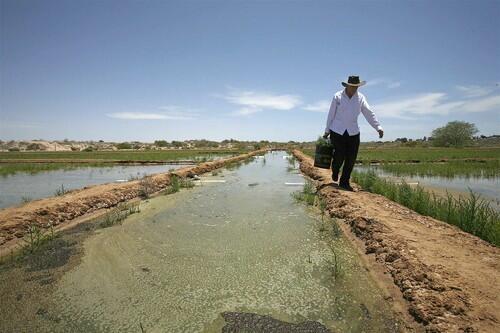
Carl Hodges walks along a berm on a research plot where he grows salicornia and experiments with different planting and harvesting techniques. Hodges and his crew have flooded the plots with saltwater from the nearby Sea of Cortez. (Brian Vander Brug / Los Angeles Times)
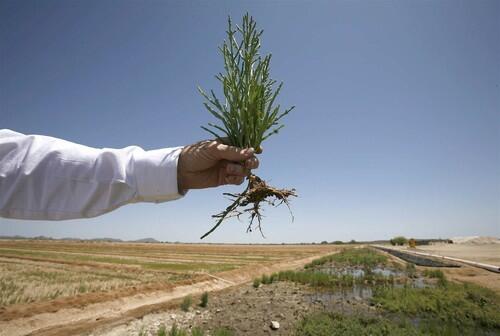
Carl Hodges holds a salicornia plant, a saltwater-tolerant species that he hopes will eventually be used to provide food and biofuel for millions of people in places where good soil and fresh water are in short supply. (Brian Vander Brug / Los Angeles Times)
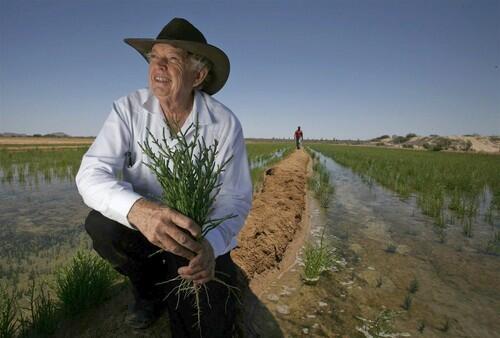
Carl Hodges is using unproductive land and shrimp farm effluent to farm salicornia, a saltwater-tolerant plant, on his Seawater Foundation’s research plot near the Sea of Cortez in the northern Mexico state of Sonora. (Brian Vander Brug / Los Angeles Times)
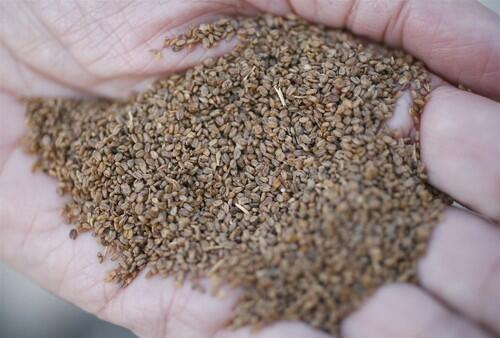
Salicornia seeds can be squeezed into cooking oil, ground into high-protein meal or even converted into biofuel. (Brian Vander Brug / Los Angeles Times)
Advertisement
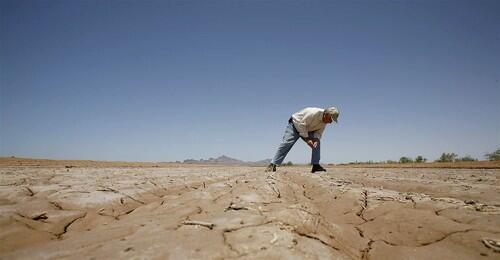
Marco Quinones, a colleague of Carl Hodges, looks for newly germinated salicornia plants in the cracked earth on a research plot near Kino Bay in the northern Mexican state of Sonora. (Brian Vander Brug / Los Angeles Times)
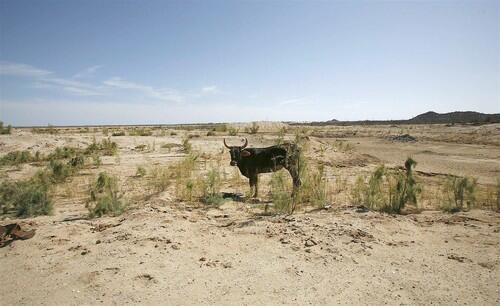
A steer roams on the Sonoran desert, where Mexican farmers have pumped the underground aquifers nearly dry, causing many to abandon their shriveled fields. Carl Hodges hopes to restore the land by growing salicornia, which thrives in heat and pitiful soil on little more than a regular dousing of seawater. (Brian Vander Brug / Los Angeles Times)
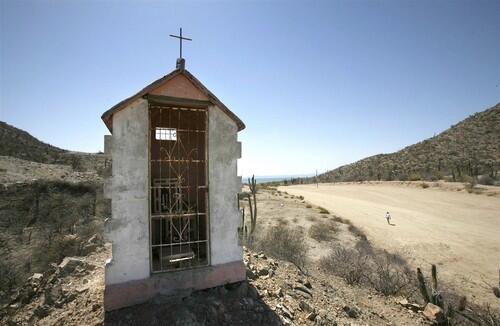
A shrine graces the entrance to Don Oscar Nettinger’s home on the Sea of Cortez in Sonora, Mexico. Nettinger, a shrimp farmer, is working with Carl Hodges to use effluent from his aquaculture operations to irrigate Hodges’ salicornia fields. (Brian Vander Brug / Los Angeles Times)
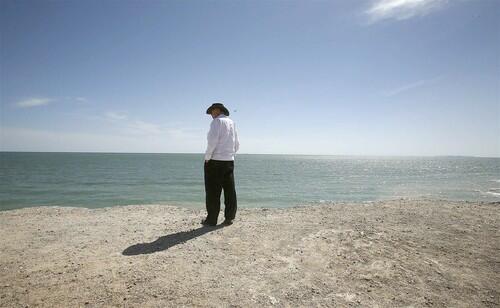
Carl Hodges stands on a beach near Kino Bay, where he hopes to begin large-scale farming of saltwater-tolerant salicornia for use as food and biofuel. Hodges plans to channel seawater to nourish shrimp ponds, then channel it further to irrigate fields of salicornia. (Brian Vander Brug / Los Angeles Times)







